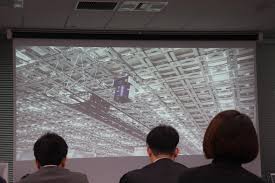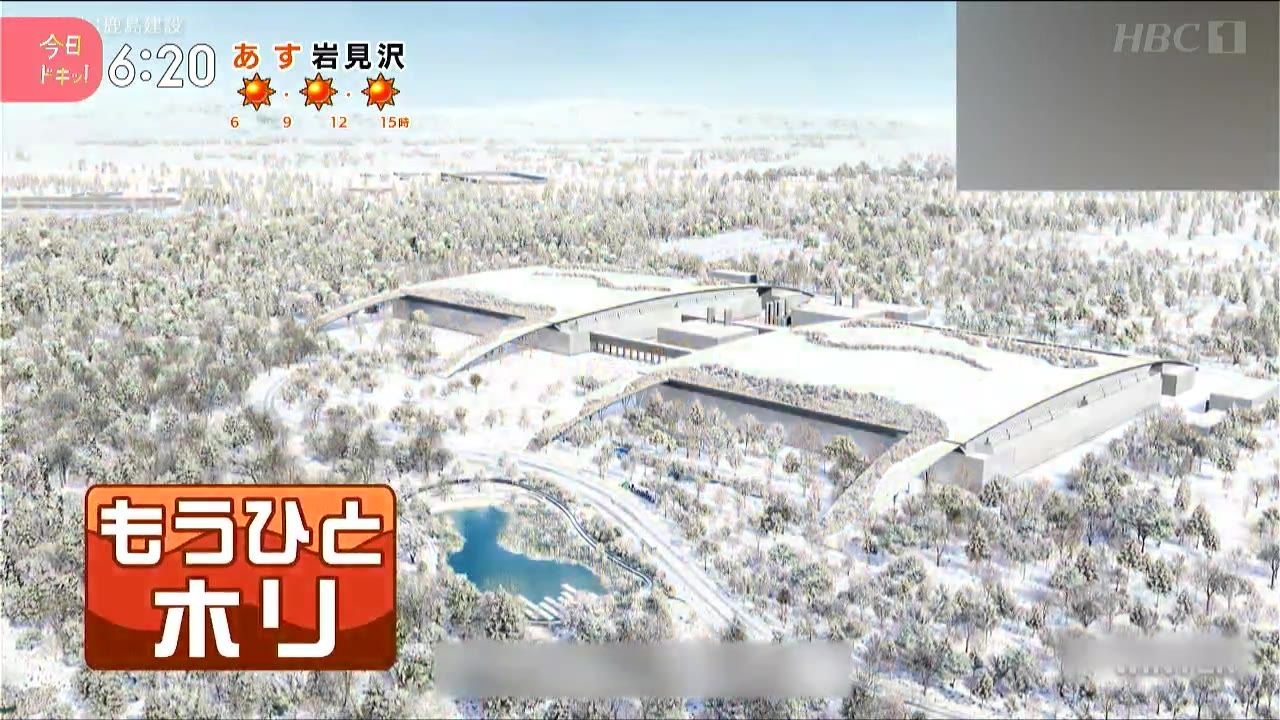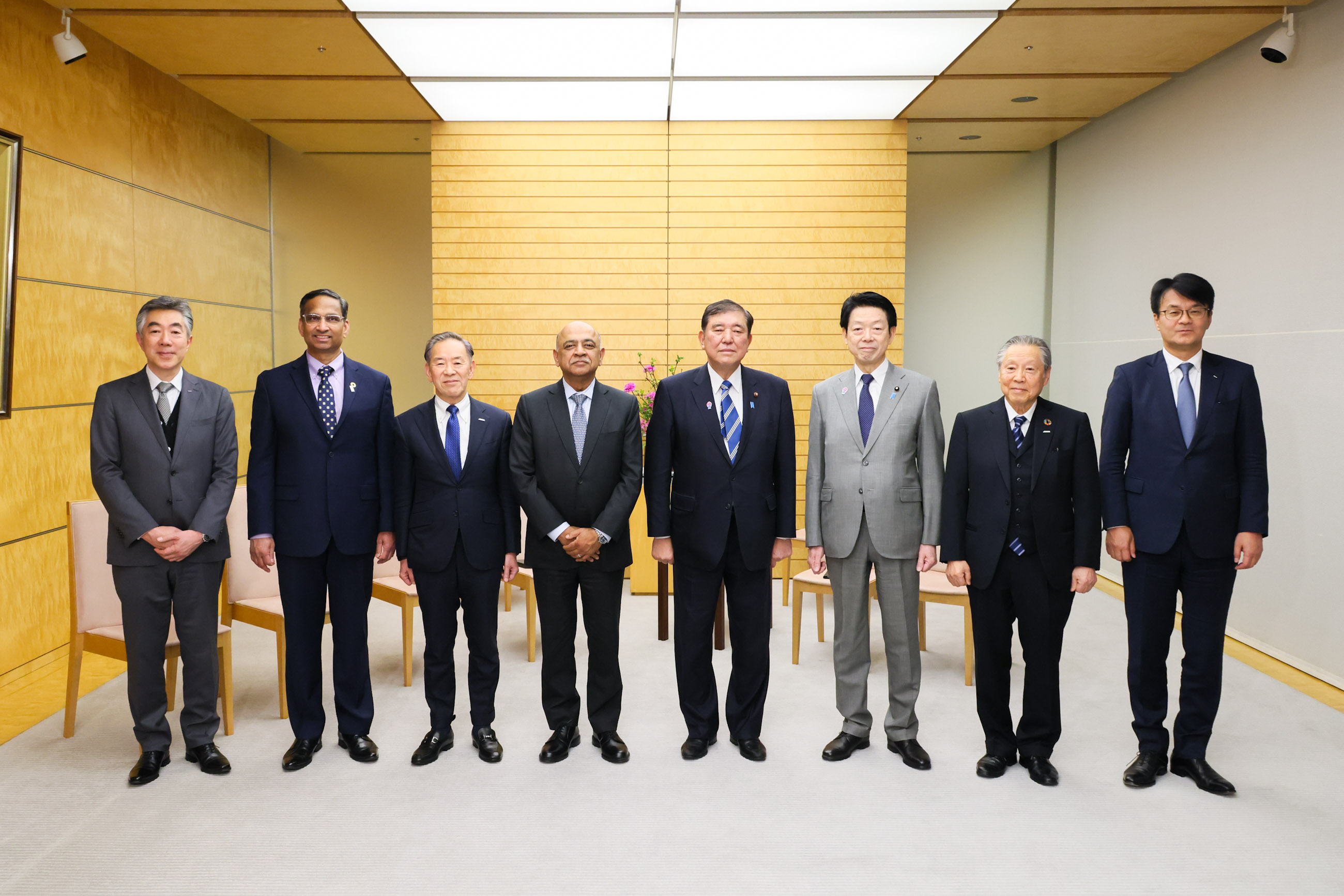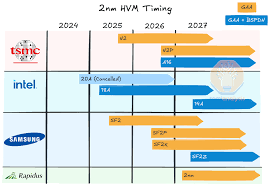
2nm semiconductors: A tour of the heart of Rapidus
NHK reports on the inside of the Chitose factory for the first time
2nm requires 300 processes and 200 pieces of equipment
Summary from Saturday Watch 9 on March 29th.

NHK reports on the inside of the Chitose factory for the first time:
NHK is the first media outlet to report on the inside of the Chitose factory.
Rapidus: Domestic production of cutting-edge semiconductors:
The 5 trillion yen megaproject is finally coming to a point where its true value will be put to the test.
Rapidus will begin production of 2nm semiconductor prototypes in Chitose, Hokkaido, from April.

Latest information on the mega-public-private project:
NHK Economics Department’s Kitami Kotaro reports on the Rapidus Chitose factory for the first time.
1. After negotiations with the company in early March, permission to report on the inside of the factory was granted.
2. I drove to the 2nm semiconductor factory, which can be seen from New Chitose Airport.
As snow piled up, I was overwhelmed by its size, which was on a par with Tokyo Disneyland.

“Clean room”: Central manufacturing area
I was allowed to enter the “clean room,” the central area where 2nm semiconductors are manufactured.
After changing into special clothing and taking an air shower, I entered the room.

2nm semiconductor “clean room”:
On this day, an “etching” device that removes the film on the surface of semiconductor wafers was brought in.
1. There are 300 steps in the mass production of 2nm semiconductors by Lapidus.
2. In addition, more than 200 pieces of equipment are required for mass production of 2nm semiconductors.
Employees were carefully assembling the equipment that had been brought in by four trucks.

“EUV exposure equipment”: “The most precise equipment in the world”
Lapidus was the first to introduce it in Japan. The price of one unit is 50 billion yen.
1. The “EUV exposure equipment” uses special light to burn fine circuits onto semiconductor wafers.
2. It is the size of a conference room and is also called “the most precise equipment in the world.”
Photography of the “EUV exposure equipment” is prohibited:
When I approached the EUV to take a photo, I was not allowed to take a photo because it was classified information.
1. The Japanese government has already procured such equipment with 1.7 trillion yen of funds.
2. An additional 5 trillion yen is needed for the “mass production of 2 nm semiconductors” this time.

Rapidus President Atsuyoshi Koike: Mass production of 2 nm semiconductors to begin in 2027
He is a former Hitachi employee and has been in the semiconductor industry for over 40 years.
The Rapidus Chitose factory aims to “start mass production of 2 nm semiconductors in 2027.”
Q. Is the joint development between Rapidus and IBM going well?
A. Currently, 2 nm semiconductors are progressing smoothly against the planned schedule.
Rapidus has gradually come to understand the difficulty of this joint development with IBM.
Q. Will the 2 nm prototype be completed as planned?
A. We cannot be optimistic. Developing 2 nm semiconductors is a very difficult technology.

IBM CEO Arvind Krishna:
We spoke with CEO Krishna, who visited Japan in late March, about the future of Rapidus.
1. Demand for semiconductors is almost infinite. 2 nm semiconductors will be incredibly successful.
2. If capacity increases and they become cheaper, more semiconductors will be needed.
3. TSMC has an advantage in mass production scale, but the market “want semiconductors that meet customer needs.”
Developing customers for 2 nm semiconductors:
There are many customers who “want 2 nm semiconductors immediately,” mainly in the United States.
1. TSMC has production capacity, but one company alone cannot meet large demand.
2. Rapidus is in negotiations with dozens of companies and feels confident about the results.

Leading major companies: Development plans for 2025:
1. Taiwan’s TSMC: Will begin mass production of 2nm semiconductors in 2025.
2. South Korea’s Samsung Electronics: Will begin mass production of 2nm semiconductors in 2025.
3. US Intel: Plans to begin mass production of semiconductors equivalent to 2nm.

Rapidus and IBM in joint operation:
IBM is considering Rapidus as a procurement source and aims to strengthen technical cooperation.
Q. Is there a possibility that IBM will become a customer for 2nm semiconductors?
A. Of course, that is the case.
1. If Rapidus starts mass production, it will replace the semiconductors in IBM products.
2. There will also be technical cooperation in cutting-edge semiconductor manufacturing that is more advanced than 2nm.

Ministry of Economy, Trade and Industry: Director-General of the Commerce and Information Policy Bureau, Nohara Satoshi:
Q: What is the importance of this project?
A: When asked why, he cited the need to expand the semiconductor market.
1. If we want to leave a prosperous Japanese economy for the next generation, we need a pillar industry.
2. We want to develop the cutting-edge semiconductor industry as a core industry second only to automobiles.
Different business model from TSMC:
1. TSMC is an excellent company, but semiconductor customers want to hedge their procurement risks.
2. This means that semiconductor customers “want multiple options, a second supplier.”
https://www3.nhk.or.jp/news/html/20250401/k10014766121000.html
/smstreet/media/media_files/2025/03/25/xz3e5wniDPkeFYPclaCH.jpg)
Rapidus: Collaboration with Singapore’s Quest Global
– When mass production is realized, support will be provided for customer acquisition
– Quest Global will cooperate on technical aspects
Summary from the NHK article.
Rapidus and Quest Global:
Rapidus announced a collaboration with Singapore’s semiconductor design company Quest Global on the 25th.
Details of this collaboration:
Quest Global will dispatch engineers to Rapidus to provide technical support.
When Rapidus achieves mass production of advanced semiconductors in the year after next, it will also cooperate in customer acquisition.

Significance of collaboration between Rapidus and Quest Global:
Quest Global’s advanced nature:
Quest Global is a semiconductor design company with bases in 20 countries around the world.
1. The company also has a wide range of customers in the space and medical fields.
2. This collaboration will enable us to propose Rapidus products to cutting-edge companies around the world.
Quest Global CEO Ajit Prabhu: Announced at a press conference
Among our customers are companies that want to use Rapidus products.
We would also like to cooperate in developing new customers in the AI field.
https://www3.nhk.or.jp/news/html/20250325/k10014759871000.html